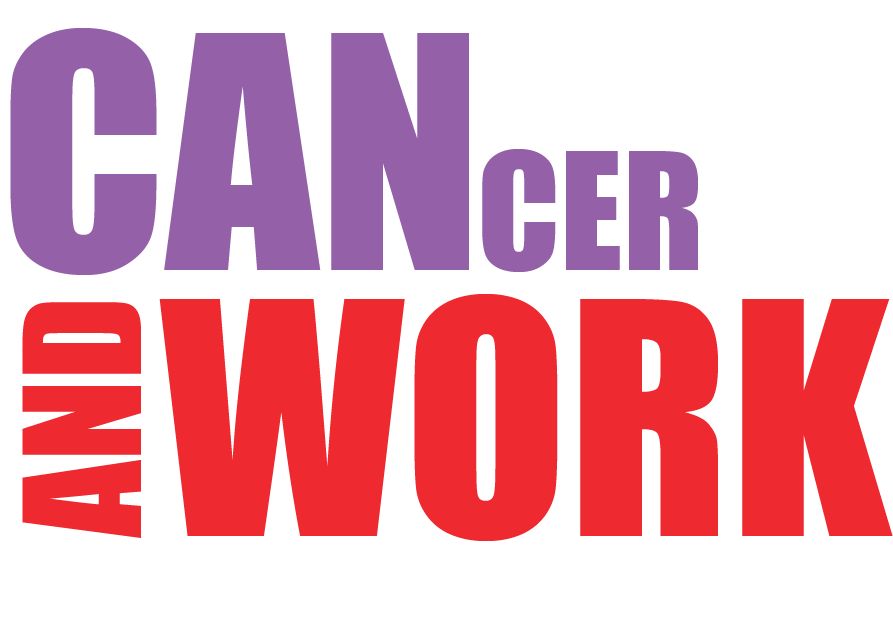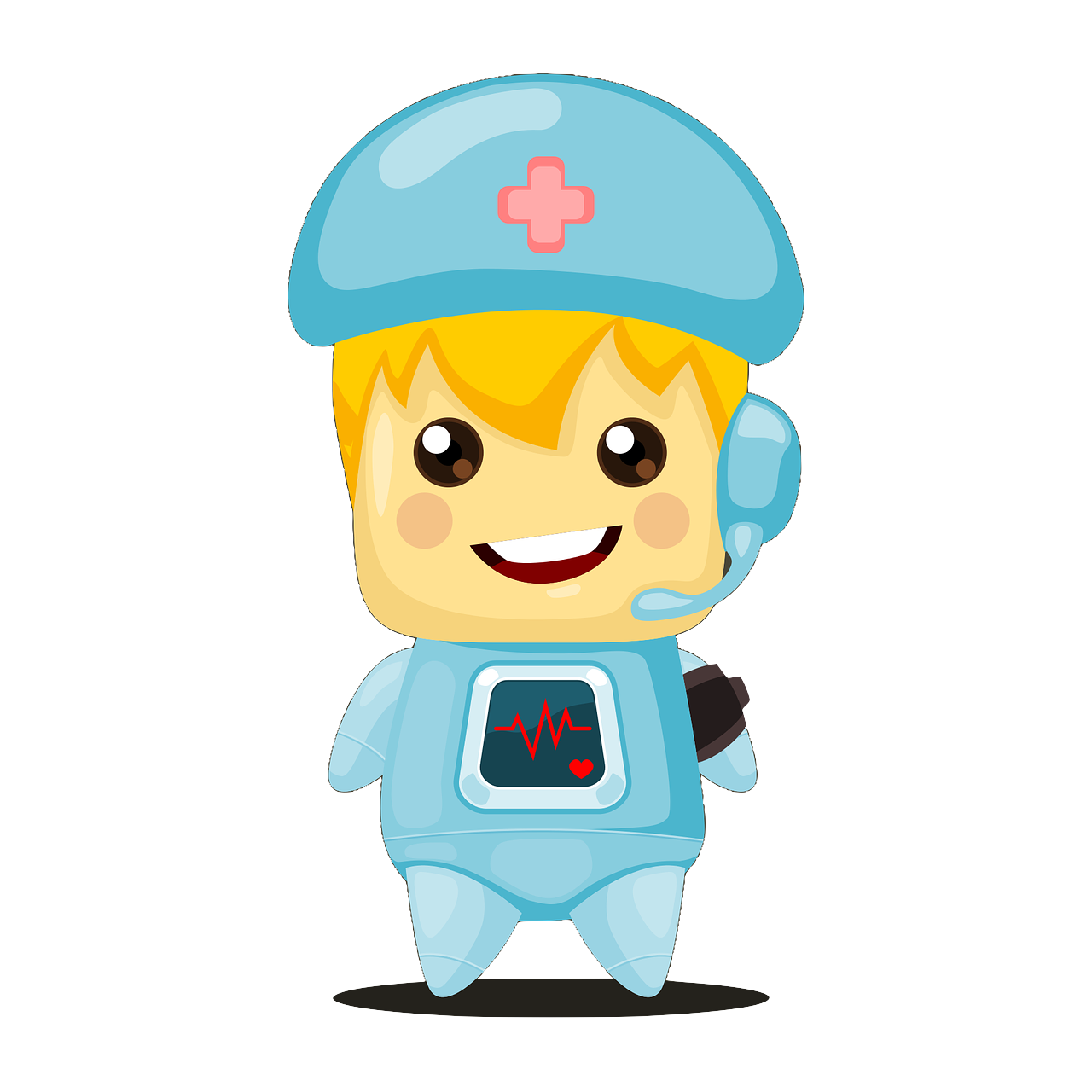The purpose of adaptive technology in the workplace (also known as assistive technology, enabling technology, accessible technology, etc.) is to assist an individual with overcoming functional barriers and limitations that are impacting their ability to carry out their required work tasks. Adaptive technology devices can substitute for, compensate for, maintain or improve an individual’s ability to carry out their work tasks more independently and in a way that is conducive to their current abilities.
When implementing adaptive technology devices in a vocational setting, consideration should be given to the individual’s functional abilities, their job tasks, and the environment(s) in which these tasks are performed. Other important aspects that need to be considered include the individual’s personal experience with technology, their familiarity with the job and required tasks, and whether there are any anticipated changes in the future in regards to their health, employment role, employment setting, etc. It is essential that individuals learn how to use the technology properly as this will result in a higher retention rate with using the technology. Training should be considered one of the most important components when implementing adaptive technology in a workplace.
Adaptive technology is often categorized into “low tech” and “high tech” devices. Low tech refers to equipment that can be purchased off the shelf, is low cost, does not require much training, and can be easily sourced. High tech refers to equipment that is customized, expensive, often requires training, and is more difficult to source. Some adaptive technology devices can be considered “mid tech” as they incorporate aspects of both low tech and high tech devices. Regardless whether an individual requires low-, mid- or high-tech adaptive technology, the goal remains the same—to bridge the gap between the individual’s abilities, their required vocational tasks, and the environment(s) in which they will be performed. For many individuals, the ideal solution may be a combination of low-, mid- and high-tech devices.
When considering which adaptive technology devices would be suitable for an individual’s needs, an assessment by a qualified professional is recommended. There is an abundance of different adaptive technology devices that exist, and more and more being created everyday, so it is important that individuals work with professionals that have the knowledge, experience and education required to determine which technology is most suitable for the individual and their unique situation. There is no “one size fits all” solution so individuals should be encouraged to trial different adaptive technology options during an assessment in order to determine what technology is most suitable for them.
Some examples of low-, mid- and high-tech adaptive technology devices include but are not limited to:
Mobility:
- Low tech – cane or walker
- Mid tech – manual wheelchair
- High tech – power wheelchair
Computer input:
- Low tech – wireless mouse
- Mid tech – alternative keyboard and mouse such as a compact keyboard and a trackball mouse
- High tech – speech recognition software
Vision:
- Low tech – large print text, over-the-counter handheld magnifier
- Mid tech – portable electronic magnifier or larger monitor
- High tech – specialized magnification or screen reading software on a computer
Fatigue: Successful fatigue management strategies can greatly vary between individuals. There are several different ways to approach fatigue management in terms of adaptive technology solutions. Some examples include:
- Low tech – over-the-counter timer to remind an individual to take a break
- Mid tech – ergonomic workstation equipment such as a supportive ergonomic office chair that provides the appropriate support for an individual’s body to assist with posture, pain and fatigue management
- High tech – mobility solutions such as a scooter if the job requires a lot of walking throughout the day



